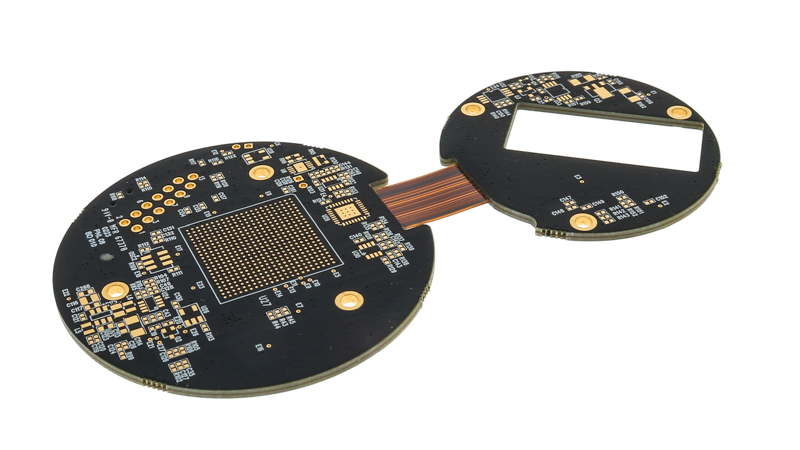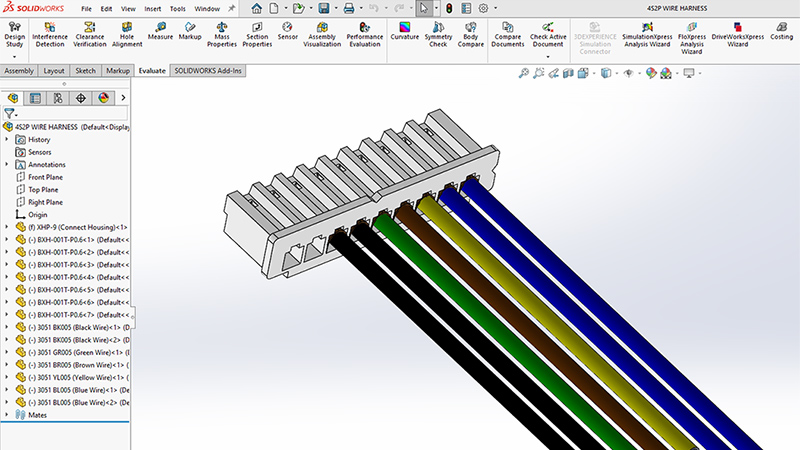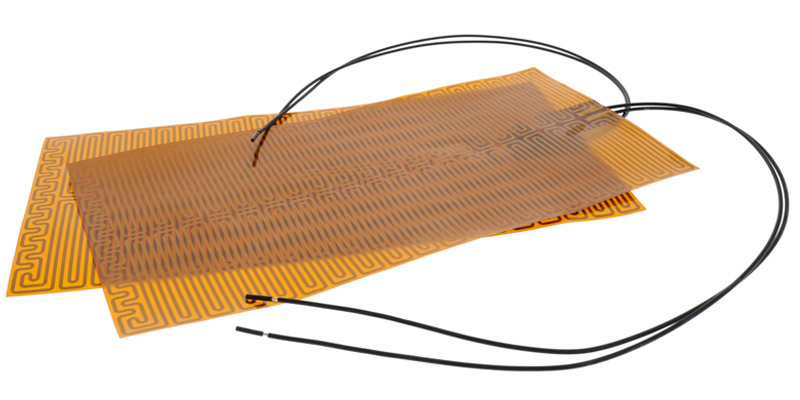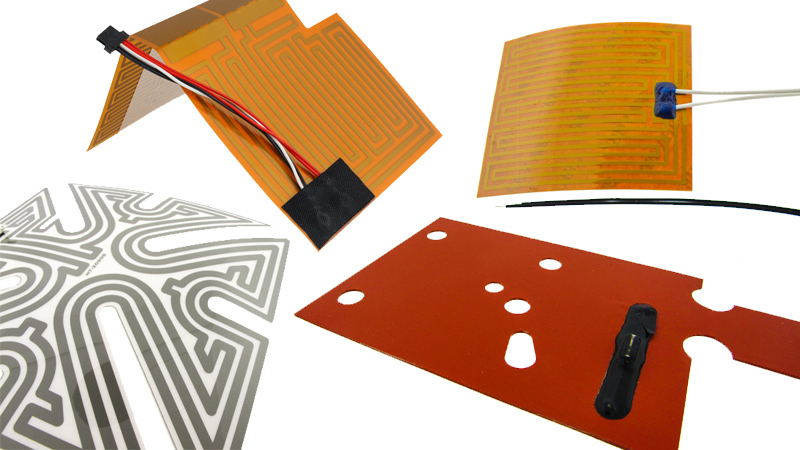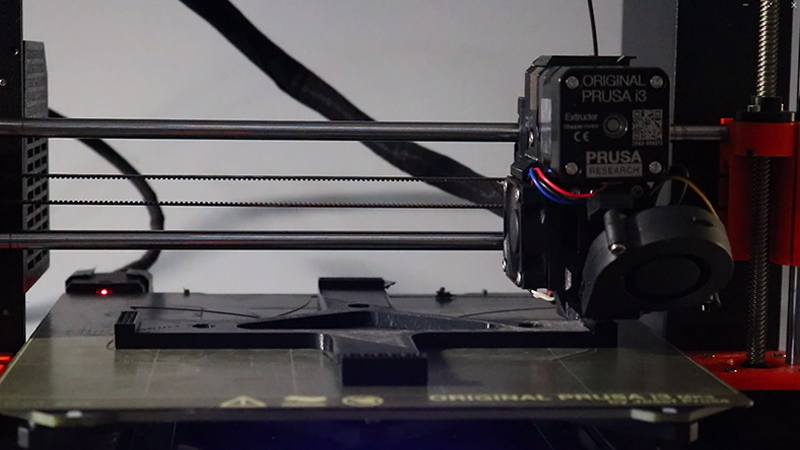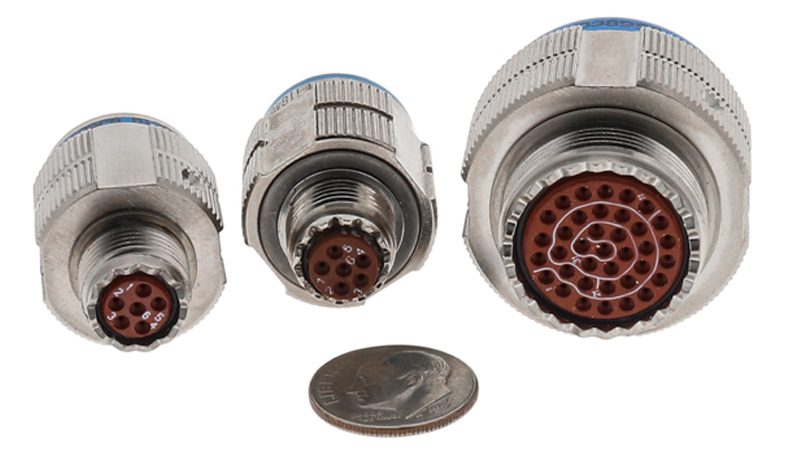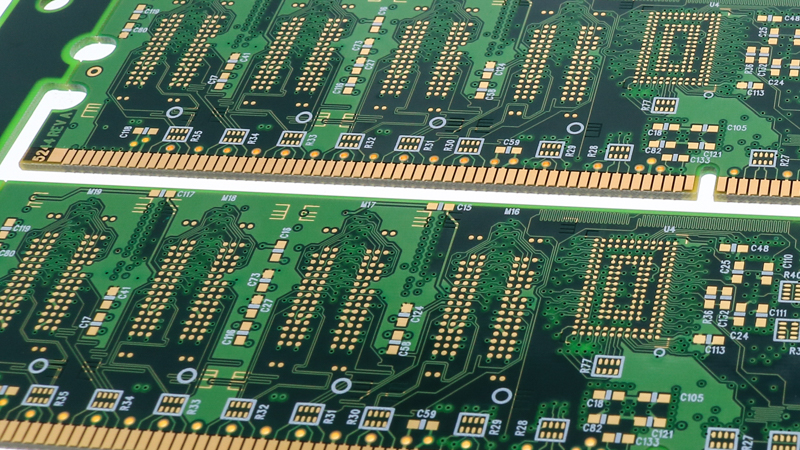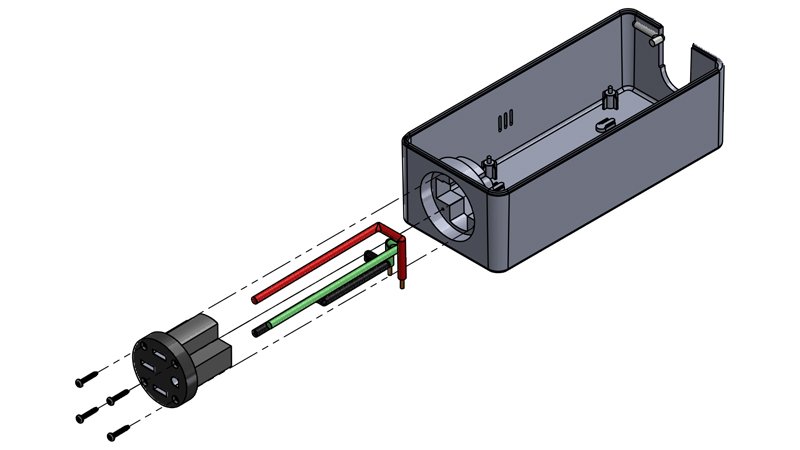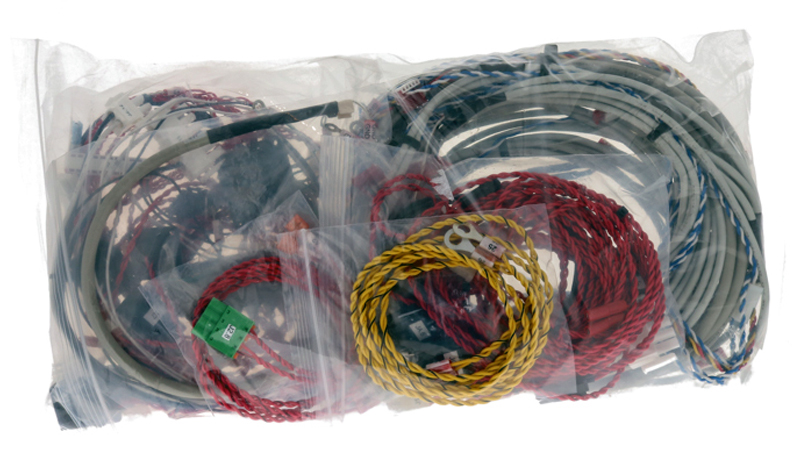Rigid-flex printed circuit boards (PCBs) are a great solution to combine the benefits of both rigid and flex PCBs, but as a result, can accumulate the design challenges of both types alongside creating their own challenges along the way.
In the modern engineering landscape, computer-aided design (CAD) serves as an invaluable resource for crafting complex systems like custom cable assemblies. Offering an all-encompassing three-dimensional perspective of the assembly, CAD provides engineers with the ability to experiment and iterate on their designs much more efficiently than ever before.
A flexible heater typically consists of a heating element, such as a thin film of metal, sandwiched between two layers of flexible insulating material. The heating element is connected to electrical power, and when the power is turned on, the heating element generates heat. The heat is transferred to the surface that the flexible heater is in contact with, providing a localized heating effect.
Navigating the complex tapestry of cable assembly manufacturing is akin to completing an intricate jigsaw puzzle. At first glance, a jigsaw puzzle can be daunting, a kaleidoscope of colors and pieces. Some are edge pieces, easily identifiable, while others, with their myriad of shapes and hues, challenge even the most seasoned of puzzle enthusiasts.
Designing flexible heaters requires careful consideration of various factors to ensure cost-effective manufacturing without compromising performance or quality. In this blog post, we will explore the top tips for designing flexible heaters that can be manufactured efficiently and economically.
The advent of 3D printing has drastically changed how products and designs come to market. From rapid prototyping to personalized manufacturing, 3D printing offers endless possibilities. However, to harness its full potential, designers must understand the unique considerations and constraints associated with this transformative technology.
In the world of high-performance electronics, such as military and aerospace systems, the design and functionality of cables play a crucial role in ensuring reliable and high-speed communication, power transmission, and data transfer.
You may be asking: what is an HDI printed circuit board and what makes it different than standard PCBs? Let’s break it down for better understanding from a design and from a supplier point of view. As Epec continues to grow our design business, it has become very apparent that many designers are very good at what they do and have no manufacturing knowledge to proof designs against.
At the conclusion of our webinar, Adding Keypads and Cables to Your Injection-Molded Enclosure, we had several questions submitted to our presenter, Steven J. Goodman, User Interface & Cable Assembly Product Manager at Epec. We have compiled these questions into a readable format on our blog.
In today's fast-paced engineering world, efficiency and productivity are key factors in meeting project deadlines and maintaining a competitive edge. One practice that has gained popularity among engineers is buying kitted wire harnesses. By bundling together pre-assembled wire harnesses, kitting offers a range of advantages that can simplify the wiring process.


